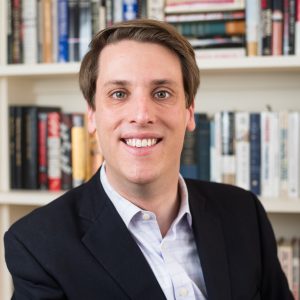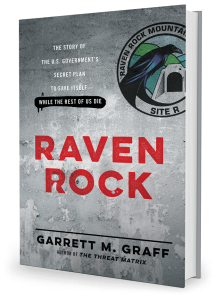Below is the text of my monthly “Editor’s Letter” in the new issue of Washingtonian.
—-
The season finale of The Americans on FX in early May had me on the edge of my couch. It was gripping television, watching the Soviet spies—a married couple hiding in plain sight in 1980s Washington—as they matched wits with the FBI and CIA against the backdrop of Ronald Reagan, Leonid Brezhnev, and the Star Wars antiballistic-missile system. (If you missed the first season, it’s not too late for a summer-weekend TV binge.)
As I watched the series this spring—created by former CIA officer Joe Weisberg, brother of Slate’s Jacob Weisberg—the psychological chess match reminded me how much drama can play out in our neighborhoods without our knowledge.
CIA traitor Aldrich Ames met his handler at Chadwick’s pub on K Street under DC’s Whitehurst Freeway. Later, he signaled his Soviet handlers by using chalk to mark the mailbox on the northeast corner of 37th and R streets, Northwest. FBI mole Robert Hanssen was arrested after hiding documents in Foxstone Park, near his home on Talisman Drive in Vienna.
A few years ago, Washingtonian research editor Michael Gaynor came home to find FBI agents standing outside his door. It turned out that his landlord, Mikhail Semenko, was a Russian spy, planted in the US not unlike the couple in The Americans. Gaynor gathered a back-pack of clothes—all of which were inspected for contraband by the FBI—and never spent another night in that apartment. (You can read his article about the incident at washingtonian.com/landlordspy.)
An amazing facet of living in Washington is coming to terms with dramas unfolding under our noses. Who can forget that knowing smile from President Obama as Seth Meyers joked at the 2011 White House Correspondents’ Dinner about Osama bin Laden—even as Navy SEALs, at that very hour, were preparing to raid his compound in Abbottabad. Every major Washington journalist sat oblivious in the Washington Hilton ballroom, just feet from the President.
A similar feeling of wonder struck me while reading Marisa M. Kashino’s heartbreaking story about Fairfax County detective William Woolf and FBI agent Jeff Johannes, who partnered to bring down a teen sex-trafficking operation in the seemingly quiet suburbs of Northern Virginia (page 70). It’s a story every parent will want to read. You’ll likely turn each page wondering how something so awful could happen in such nice neighborhoods at some of the best high schools in the country, where teens recruited classmates to join a prostitution ring.
Another local thriller takes you inside the race to defeat a “superbug” killing patients in the National Institutes of Health’s Clinical Center in the summer of 2011 (page 39). At the time, few knew of the heroic work of Tara Palmore, Julie Segre, and others at NIH as they combated the deadly infection running loose in their Bethesda hospital and deployed everything from robots to DNA sequencing against the threat.
In this issue, we also feature a complicated story of redemption in the military by senior writer Shane Harris (page 56). Harris is a keen observer of the Pentagon—his November 2010 Washingtonian article about the Air Force’s inability to build a new generation of refueling tankers was part of his body of work that won the Gerald R. Ford Prize for Distinguished Reporting on National Defense. This month, he tells the tale of a US Navy aviator’s shootdown of an American Air Force fighter during an exercise—and the long shadow that incident cast on the aviator’s career decades later. Harris’s story raises an important question: Should the Navy, which used to pride itself on a “zero defect” culture, forgive a single, early mistake?
What’s clear from his article that the answer isn’t so clear.



Recent Comments